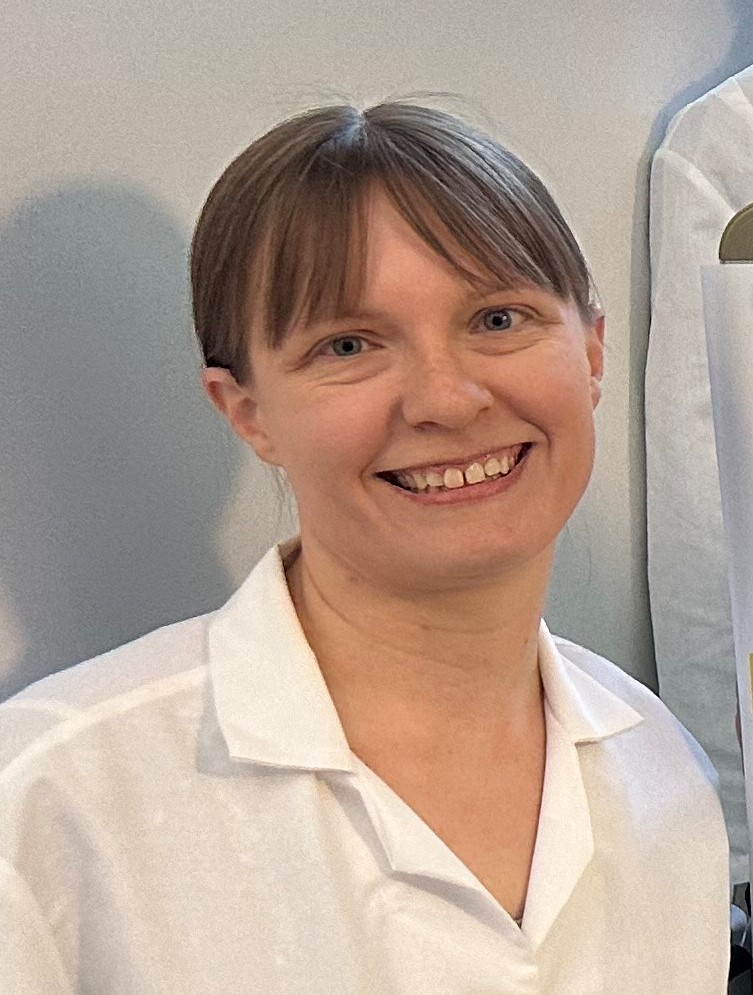Below is a summary of the abstract you submitted. Presenting author(s) is shown in bold.
If any changes need to be made, you can modify the abstract or change the authors.
You can also download a .docx version of this abstract.
If there are any problems, please email Dan at dar78@pitt.edu and he'll take care of them!
This abstract was last modified on May 16, 2025 at 1:32 p.m..

The goal of the SEA-GENES project is to investigate the function of bacteriophage genes through genetic, molecular and phenotypic assays. The project workflow begins with the amplification of each gene via polymerase chain reaction. Researchers at Winthrop University were unable to amplify phage ExplosioNervosa (A9) genes 74-84 until they discovered two populations of the phage: one of which contained a 3614 bp deletion. Similarly, researchers at Coastal Carolina University discovered a deletion of phage Refuge (A12) genes 73-83. The deleted region in both phages includes the immunity repressor, and two DNA methylases. In the wild-type population of ExplosioNervosa, two of these deleted genes (80 and 81) were cytotoxic when expressed in the host Mycobacterium smegmatis. Analysis of other annotated genomes within the A cluster show similar deletions, as exemplified by comparison of D29 and L5, suggesting the biological relevance to a dynamic genome of A cluster phages. Current research is aimed at identifying functional significance to this region of the genome though comparative genomic analysis and further cytotoxicity screening of individual genes. This work underscores the power of a large phage database and collaborative nature of the SEA.



